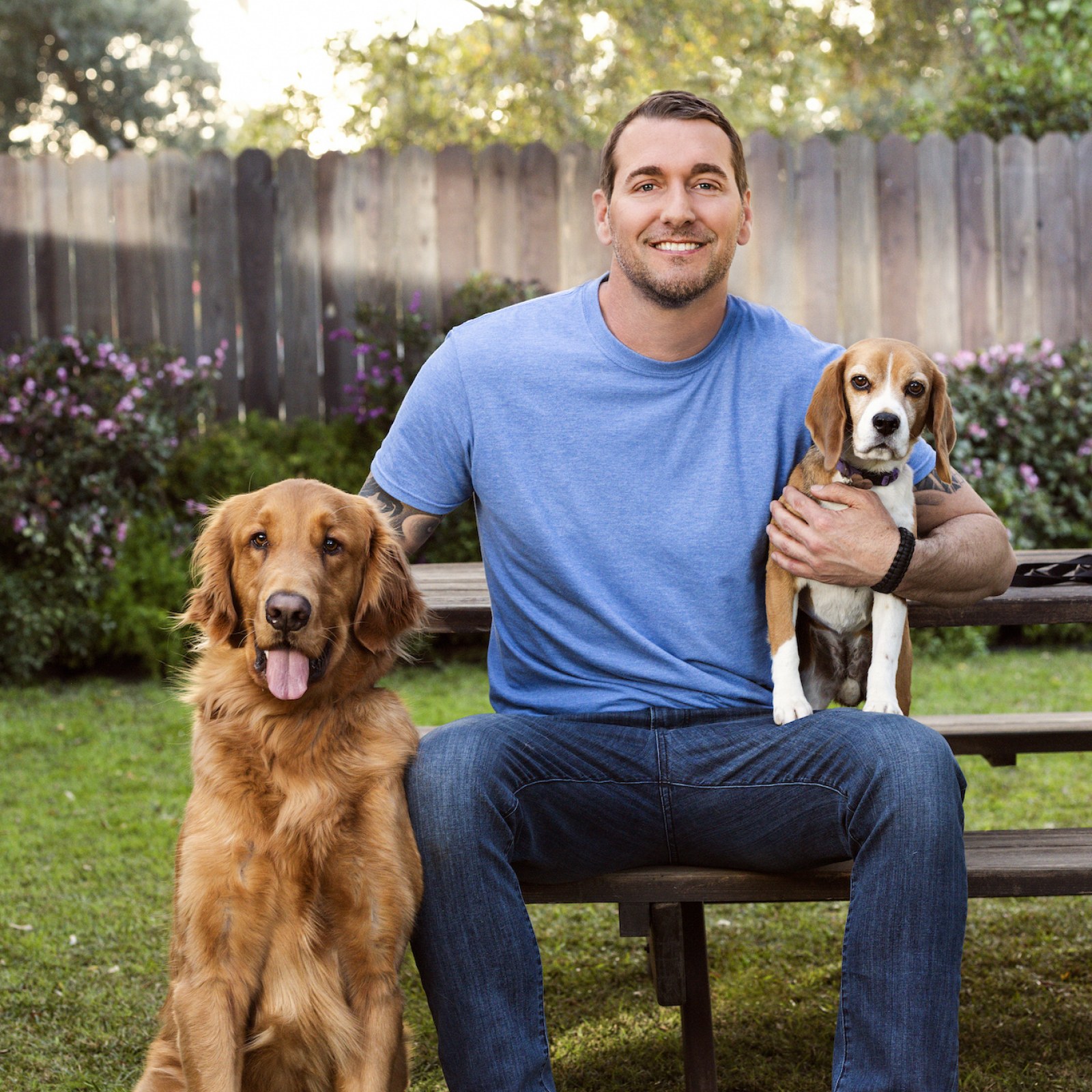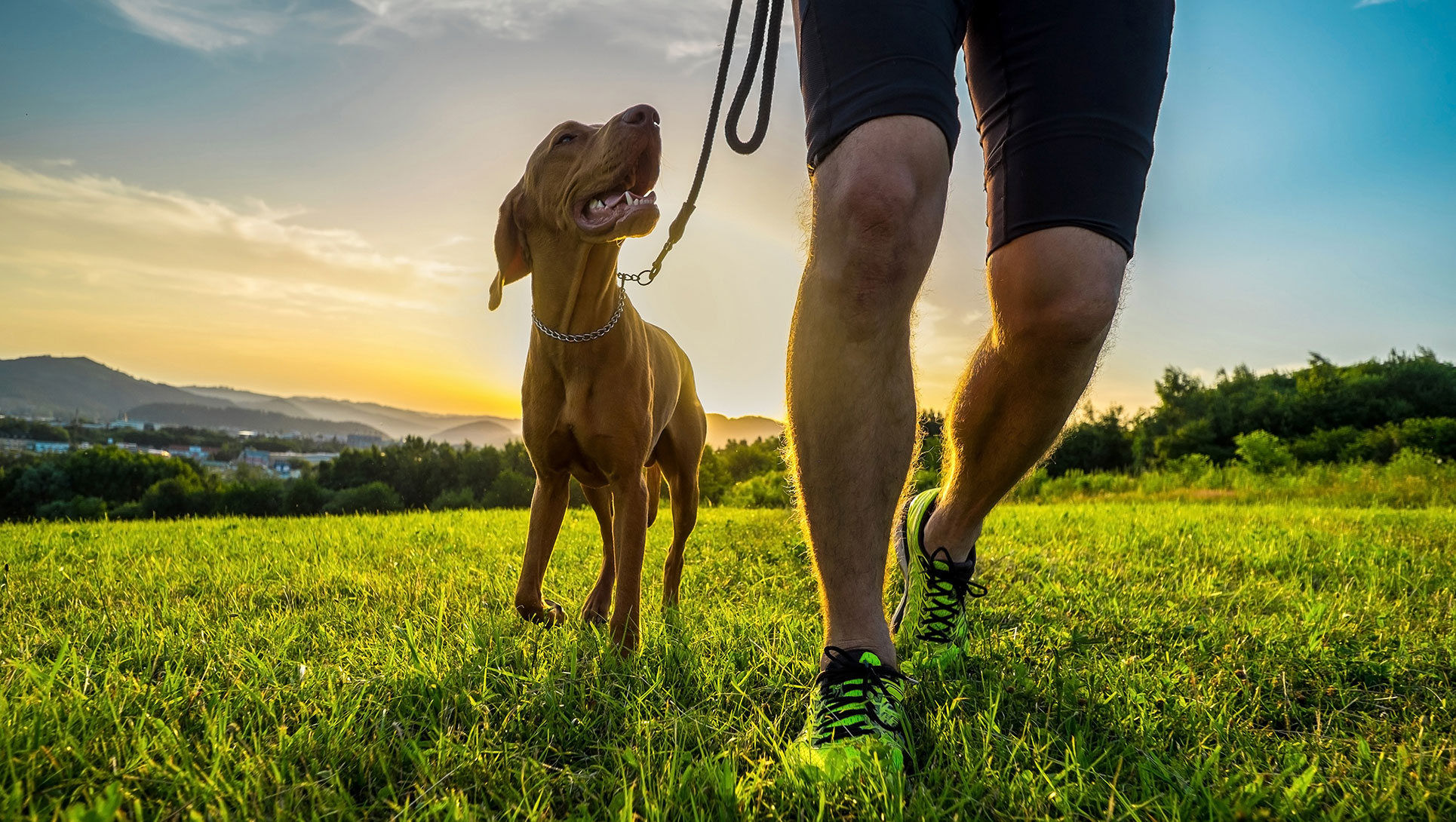Top Pet Dog Educating Strategies Every Proprietor Must Know

Positive Reinforcement Techniques
Making use of favorable support strategies is essential for effective pet training, as it promotes a relying on bond in between the canine and the fitness instructor. This method concentrates on rewarding preferable actions instead of penalizing unfavorable ones, creating a setting favorable to finding out. Incentives can consist of treats, praise, or playtime, which inspire pets to repeat the habits that earn them these incentives.

Moreover, this method enhances the pet dog's enthusiasm for training sessions. They are more engaged and responsive when dogs link training with favorable experiences. Dog training. Beyond instant behavior adjustment, positive reinforcement urges a collective relationship between the canine and instructor, reducing anxiety and anxiety
To make the most of effectiveness, it is important to provide rewards quickly, guaranteeing the pet dog links the habits with the reinforcement. Essentially, positive reinforcement techniques not just yield better-trained canines but likewise promote an unified collaboration in between pet dog and proprietor.
Remote Control Training Technique
The clicker training technique is a highly reliable method that builds upon the concepts of favorable reinforcement by adding a distinctive sound to mark desired behaviors. This technique uses a tiny portable device that produces a clicking sound, permitting instructors to connect with their canines in a prompt and clear way. When a pet carries out a behavior that the owner wishes to urge, the clicker is turned on, followed by an incentive, normally in the type of deals with or praise.
The key to successful clicker training lies in uniformity and timing. It is crucial to click at the precise moment the desired habits happens, guaranteeing that the canine links the sound with the activity and the succeeding incentive. This approach not only boosts interaction however additionally promotes a more powerful bond between the proprietor and the pet dog, as it encourages involvement and communication during training sessions.
Remote control training can be put on a selection of actions and commands, from fundamental obedience to much more complicated methods. Its adaptability and performance make it a favored technique amongst professional fitness instructors and family pet proprietors alike, leading the way for a well-trained and receptive canine companion.
Chain Training Basics
Effective chain training is important for making certain a satisfying and safe walking experience for both canines and their owners. A flat collar might work for some dogs, while others might benefit from a harness that decreases pulling.
Introduce your canine to the leash slowly, enabling them to discover it in a comfortable setting. This entails rewarding your pet dog for walking beside you instead than pulling in advance.
If your canine begins to pull, stop strolling immediately. Wait up until they return to your side before resuming. This teaches them that pulling does not bring about progress. Furthermore, technique various walking settings to aid your canine adapt to distractions.
Regular technique will strengthen your canine's understanding of leash etiquette. Bear in mind our website that chain training is a recurring process; patience and consistency will generate the most effective outcomes, promoting a positive navigate here experience for both you and your canine buddy.
Socialization Methods
Socializing is a critical aspect of canine training that need to ideally start during puppyhood however can be helpful at any kind of age. Efficient socialization assists canines create self-confidence and reduces the probability of behavioral issues. To implement effective socializing methods, reveal your canine to a selection of atmospheres, people, and various other animals.
Begin with regulated settings, such as pup classes or organized playgroups, where young pet dogs can connect safely. Gradually introduce your pet to new experiences, including different sounds, surfaces, and activities. Make sure these encounters are positive and gratifying to develop a feeling of security.
For grown-up pets or those lacking direct exposure, start with low-stress situations. Short, favorable interactions with friendly human beings and calm canines can produce positive associations. Use treats and appreciation to enhance desirable habits during these experiences.

Consistency and Patience
Identifying the relevance of consistency and patience in dog training is important for attaining long-term results. Educating a dog is a gradual procedure that needs a structured approach and unwavering commitment from the proprietor. Each command or behavior should be strengthened consistently to assist the pet understand what is anticipated of them. Inconsistent training can lead to complication, making it difficult for the pet dog to understand commands or behaviors, ultimately preventing development.
Canines, like people, discover at their very own pace. This cultivates a trusting partnership in between the canine and owner, encouraging a more enthusiastic and ready student.
To grow uniformity and patience, establish a normal training regular, utilize the very same commands, and ensure that all member of the family apply the same training concepts - Dog training. By doing so, you create a steady environment for learning, allowing your canine to establish and prosper right into a mannerly friend
Verdict
To conclude, effective canine training strategies, such as positive support, clicker training, and proper chain training, are important for fostering a healthy and balanced owner-dog partnership. Furthermore, executing socialization strategies and keeping consistency and patience throughout the training process adds considerably to a canine's overall health. By incorporating these approaches, canine proprietors can help with the development of well-adjusted, loyal animals, inevitably improving the lifestyle for both the proprietor and the dog.
Amongst the most famous methods are favorable support, clicker training, and chain training, each offering distinct advantages that contribute to a mannerly dog. As we check out these fundamental methods, it becomes evident that grasping their subtleties can substantially impact the training experience and the pet dog's overall behavior.Using favorable reinforcement methods is necessary for effective pet dog training, as it fosters a trusting bond between the instructor and the canine.In final thought, reliable dog training strategies, such as favorable reinforcement, clicker training, and correct chain training, are vital for fostering a healthy owner-dog partnership. By incorporating these techniques, pet proprietors can assist in the growth of well-adjusted, obedient animals, eventually enhancing the high quality of life for both the pet dog and the proprietor.